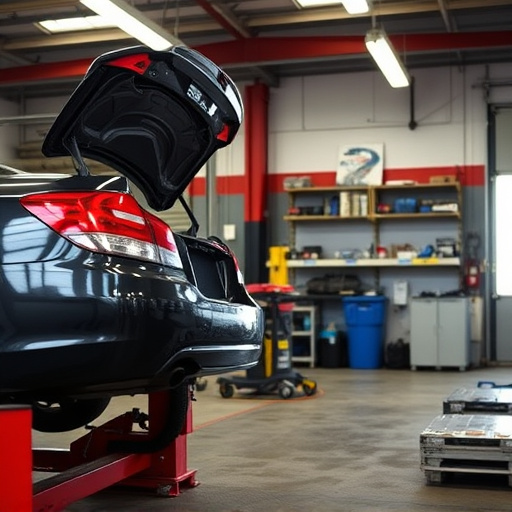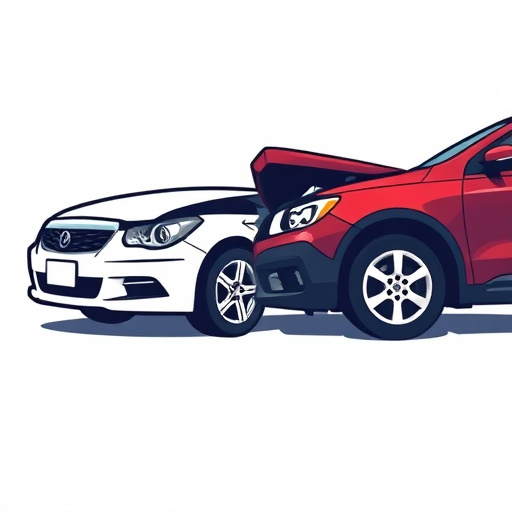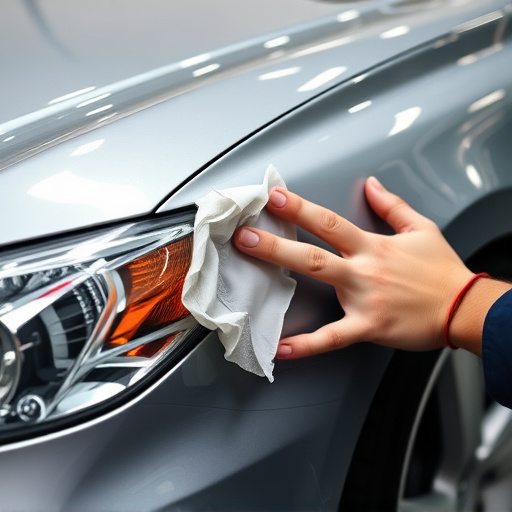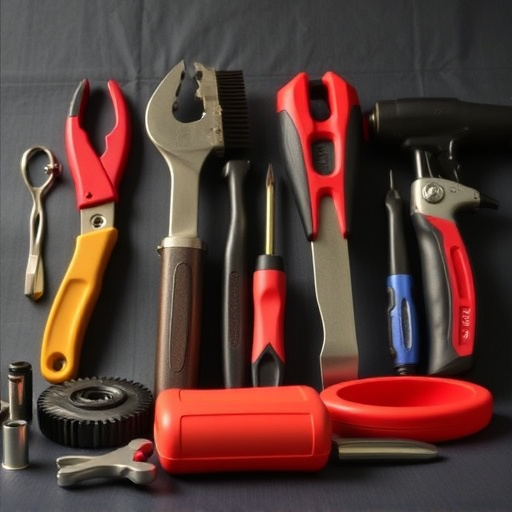Before seeking reimbursement for vehicle repairs from a collision, understand the claims process: file a claim, assess damage & costs, approval/denial, keep detailed records (receipts, work orders), and organize documents. Start with filing a claim, documenting damage, tracking progress, and maintaining estimates for smooth collision insurance claims handling.
Looking to navigate the process of collision insurance reimbursement? This guide breaks down everything you need to know. Understanding the collision insurance claims process is the first step, followed by gathering essential documents and filing your claim. We’ll walk you through each phase, ensuring you’re prepared every step of the way. By following these straightforward steps, you can efficiently manage your collision insurance claim and secure the reimbursement you deserve for eligible expenses.
- Understand Collision Insurance Claims Process
- Gather Necessary Documents for Reimbursement
- File and Track Your Collision Insurance Claim
Understand Collision Insurance Claims Process
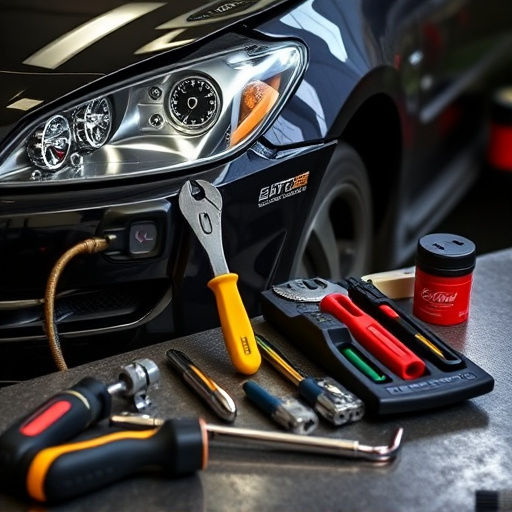
Understanding the collision insurance claims process is crucial before initiating a reimbursement request for vehicle repairs, including auto glass replacement or other damage incurred in an accident. The journey begins when you file a claim with your insurance provider after a collision. They will assess the damage and determine the cost of necessary repairs, which might involve visits to a reputable collision center offering expert vehicle repair services.
Once the estimate is finalized, your insurer will either approve or deny the claim. If approved, they will facilitate the reimbursement process, ensuring you receive payment for eligible expenses. It’s important to keep detailed records, including receipts and work orders from the collision center, as these will be essential when submitting your reimbursement request. Efficient navigation of this claims process can help streamline vehicle restoration after an accident, whether it involves simple auto glass repair or more complex body work.
Gather Necessary Documents for Reimbursement

When preparing to file a collision insurance claim for reimbursement, gathering the right documents is crucial. You’ll need your policy number and details, along with proof of ownership for the damaged vehicle. It’s essential to have all relevant information about the incident, including dates, locations, and a detailed description of the collision damage repair needed. A police report can also be helpful, as it often serves as official documentation of the event.
Additionally, keep records of any communications with your insurance company, such as emails or correspondence, and receipts for any temporary transportation or rental car expenses incurred during the collision damage repair process. These documents will streamline the claim process and ensure a smoother reimbursement experience. Remember to organize these papers neatly, as an orderly presentation can significantly impact the efficiency of handling your collision insurance claims.
File and Track Your Collision Insurance Claim
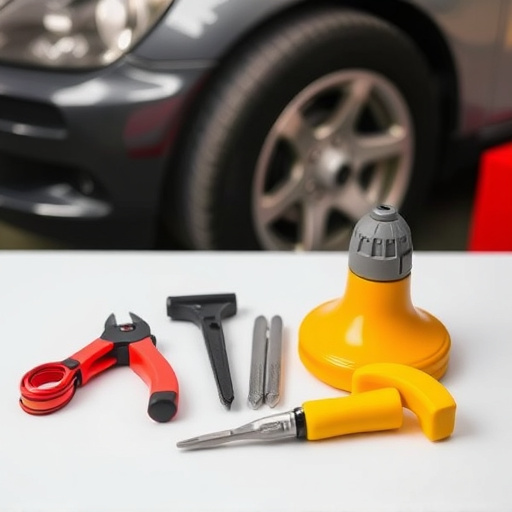
After a collision, the first step is to file your insurance claim with the relevant provider. This typically involves contacting your insurance company, providing them with details of the incident, and documenting any damage to your vehicle. Be sure to take clear photos or videos of both the collision site and any visible damages on your car. These will serve as crucial evidence when submitting your claim.
Once you’ve filed your claim, actively track its progress. Keep records of all communications with your insurance company, including dates, names of representatives, and the topics discussed. If your vehicle requires autobody repairs or hail damage repair, ensure that your chosen auto body shop provides an estimate outlining the cost of repairs. This will be essential for the insurance reimbursement process as it allows them to verify the extent of the damage and the necessity of the proposed repairs.
Applying for collision insurance reimbursement can seem daunting, but by understanding the process, gathering essential documents, and filing a claim promptly, you can streamline the experience. Remember to track your claim’s progress diligently. Familiarizing yourself with collision insurance claims procedures and having the right paperwork ready will ensure a smoother journey towards getting reimbursed for your coverage costs.


